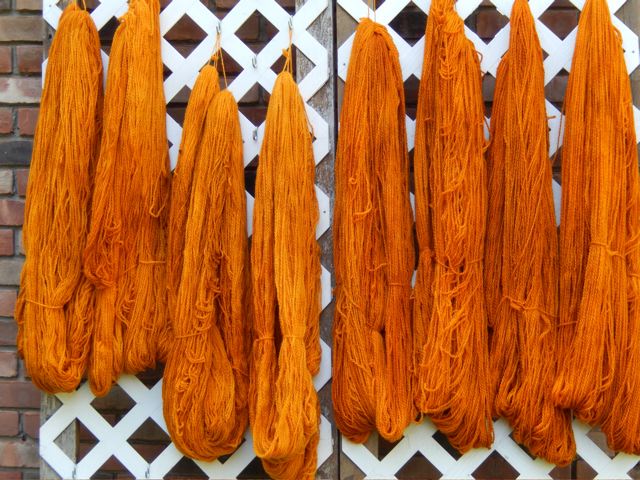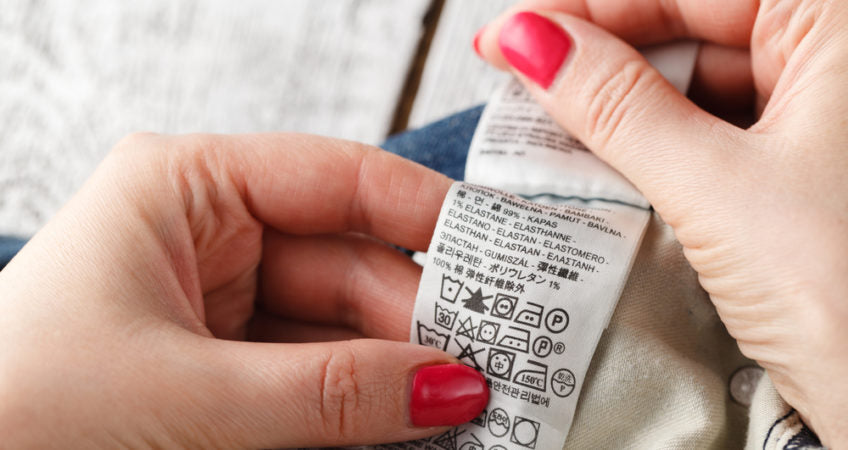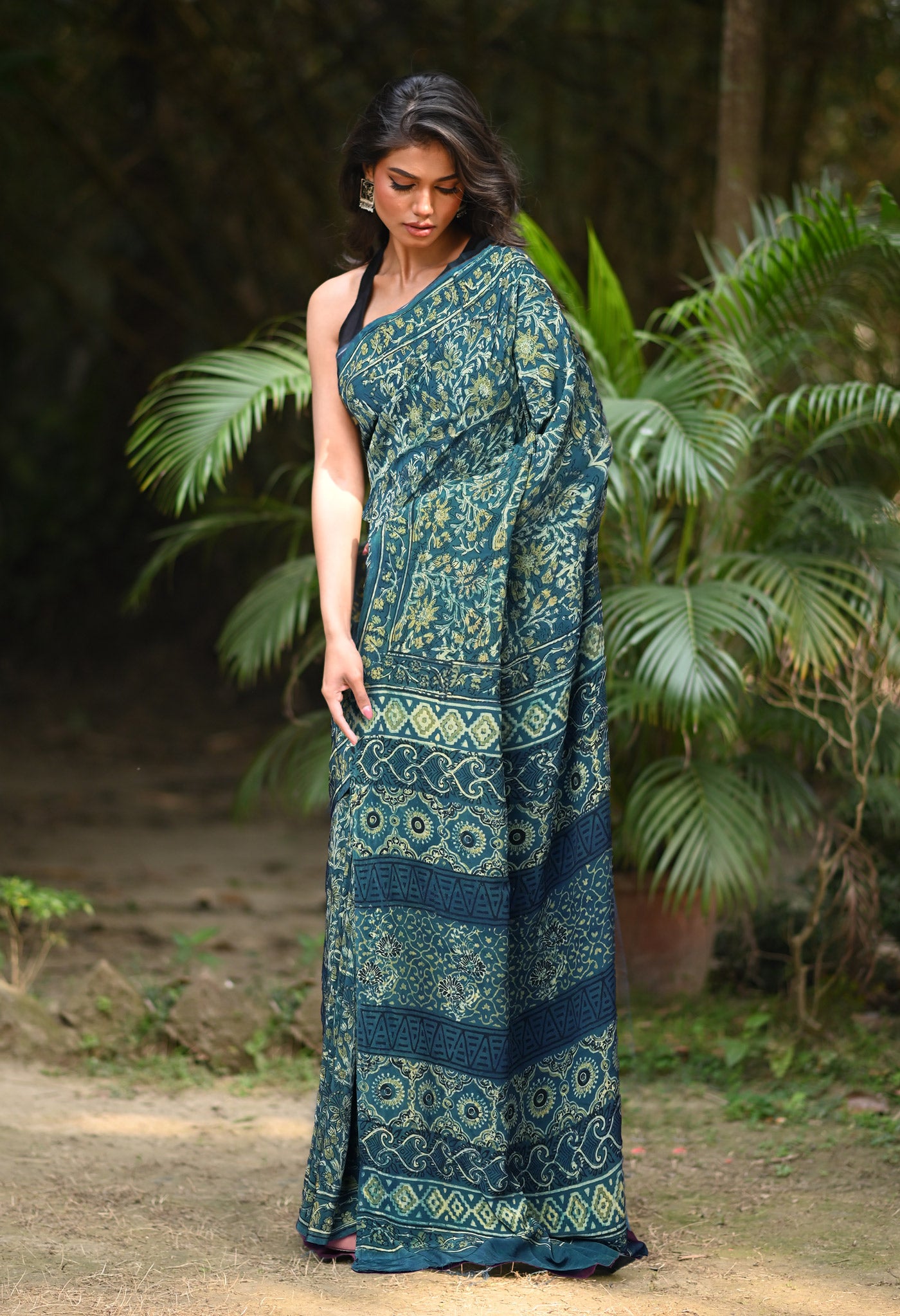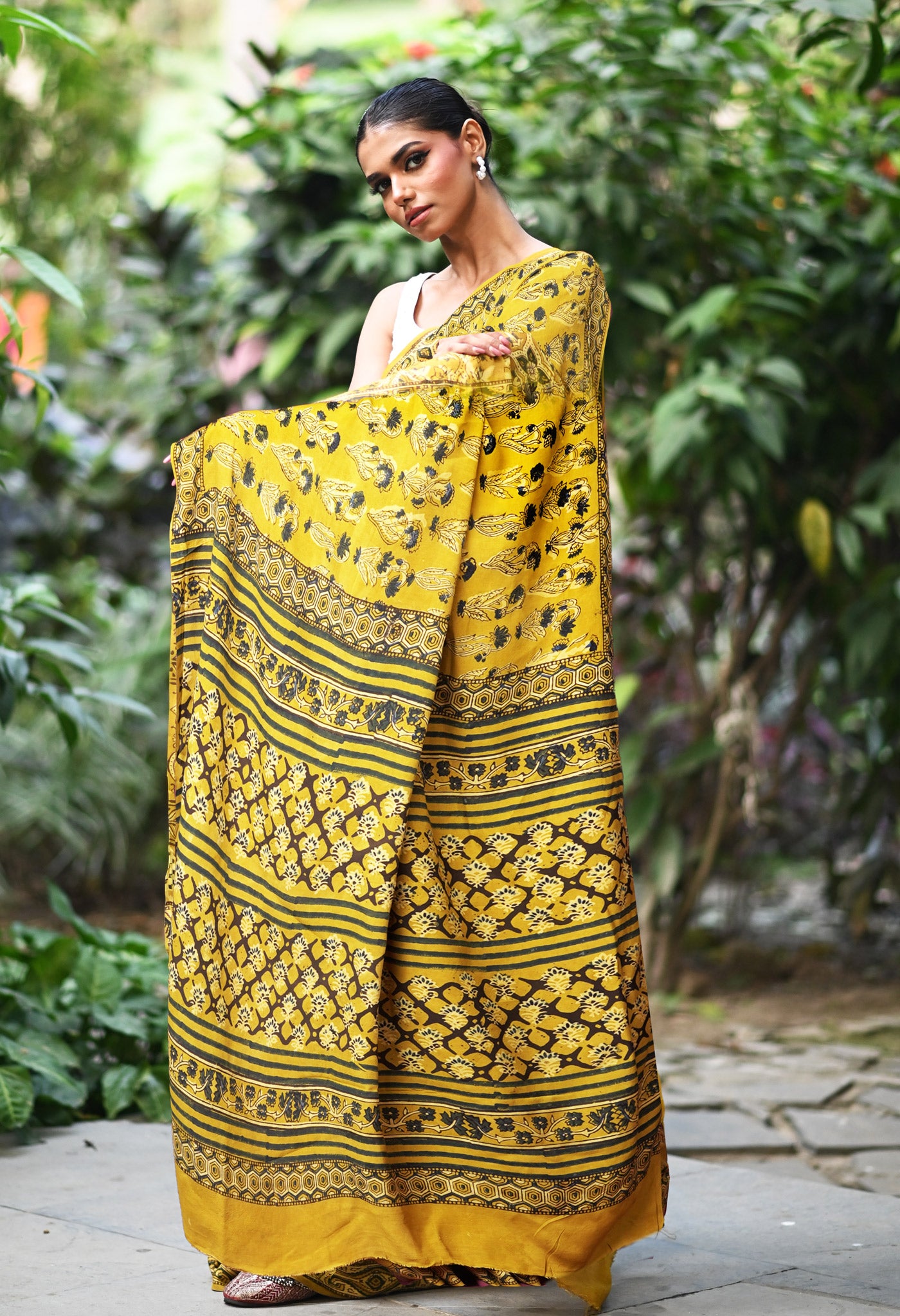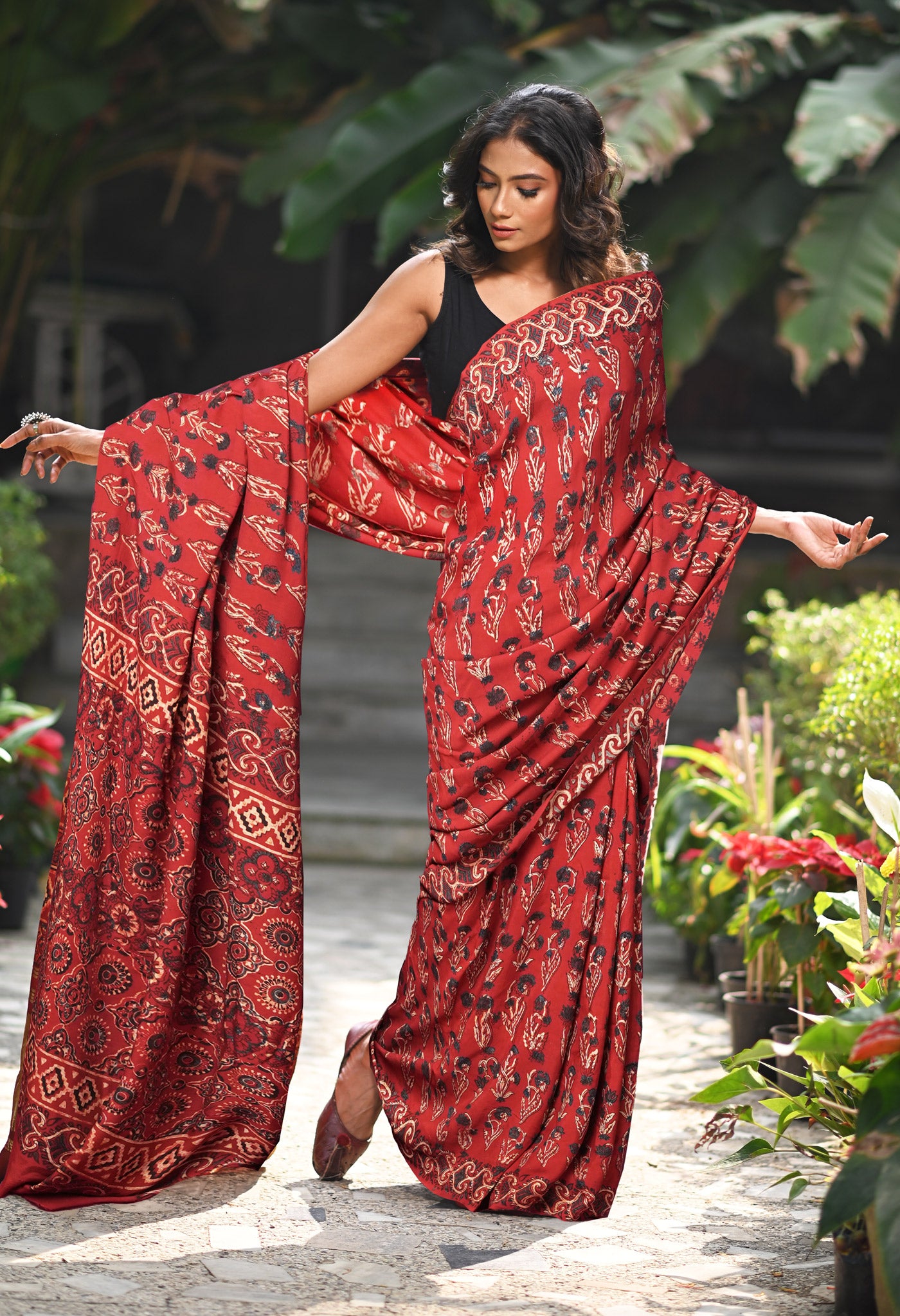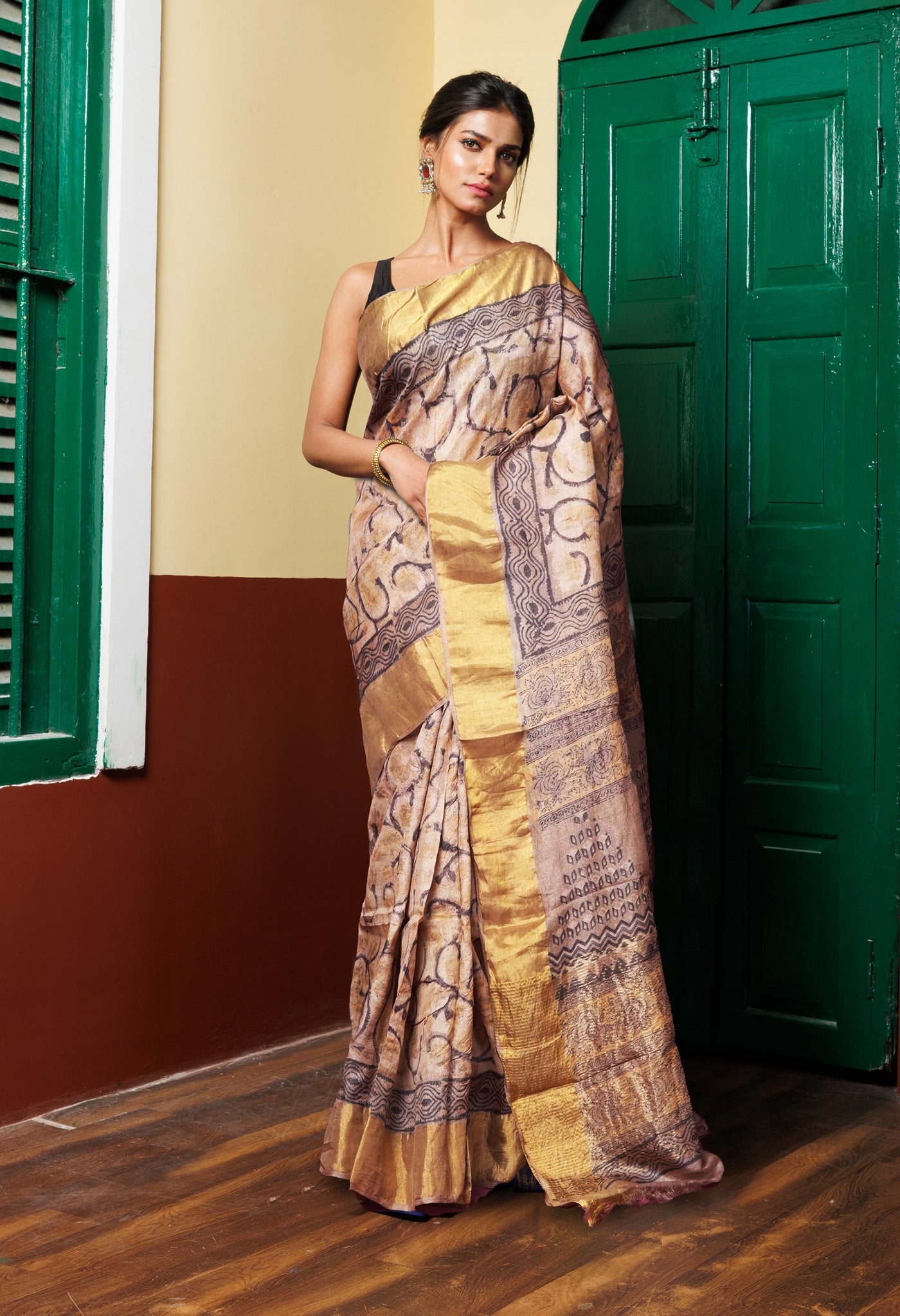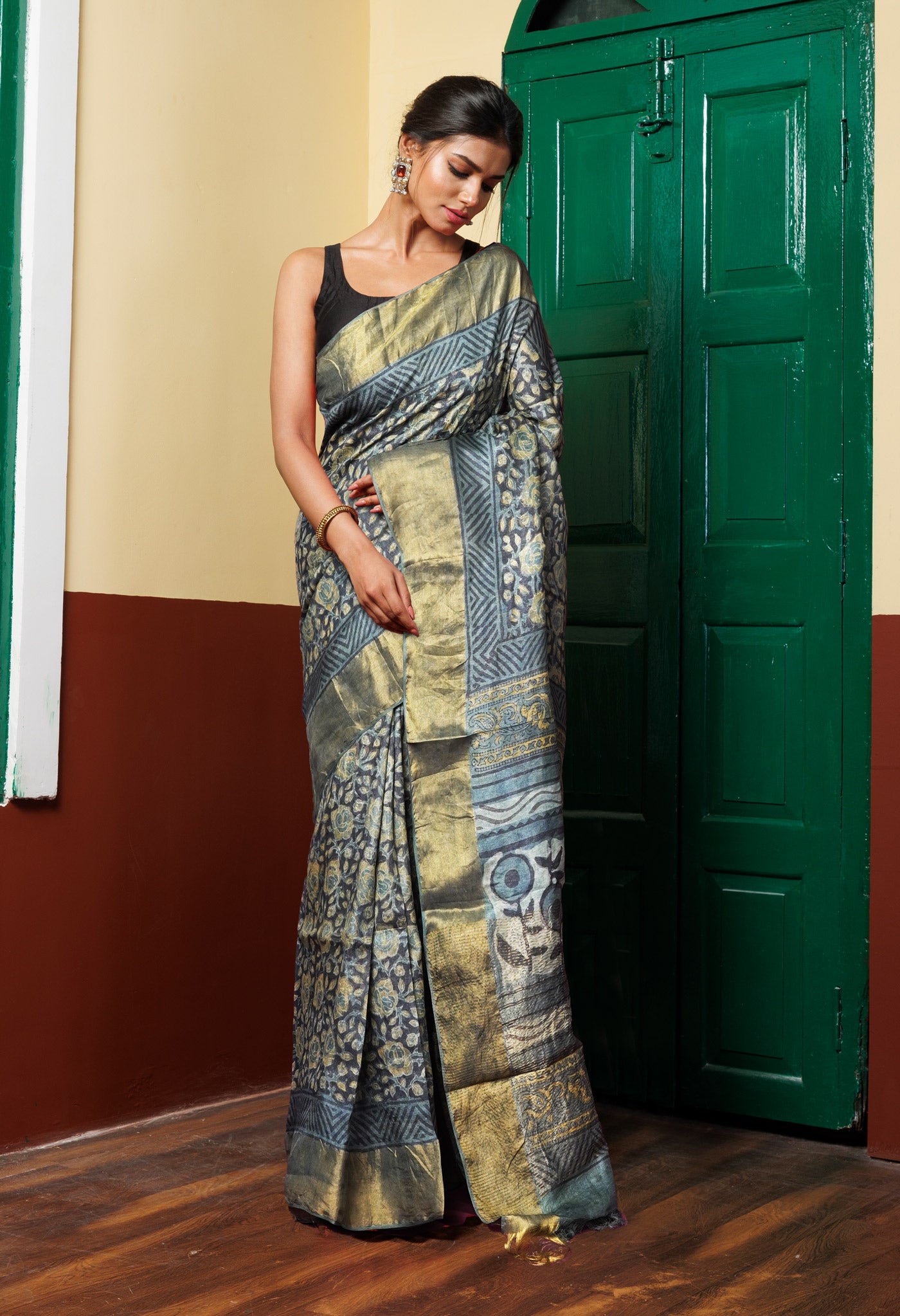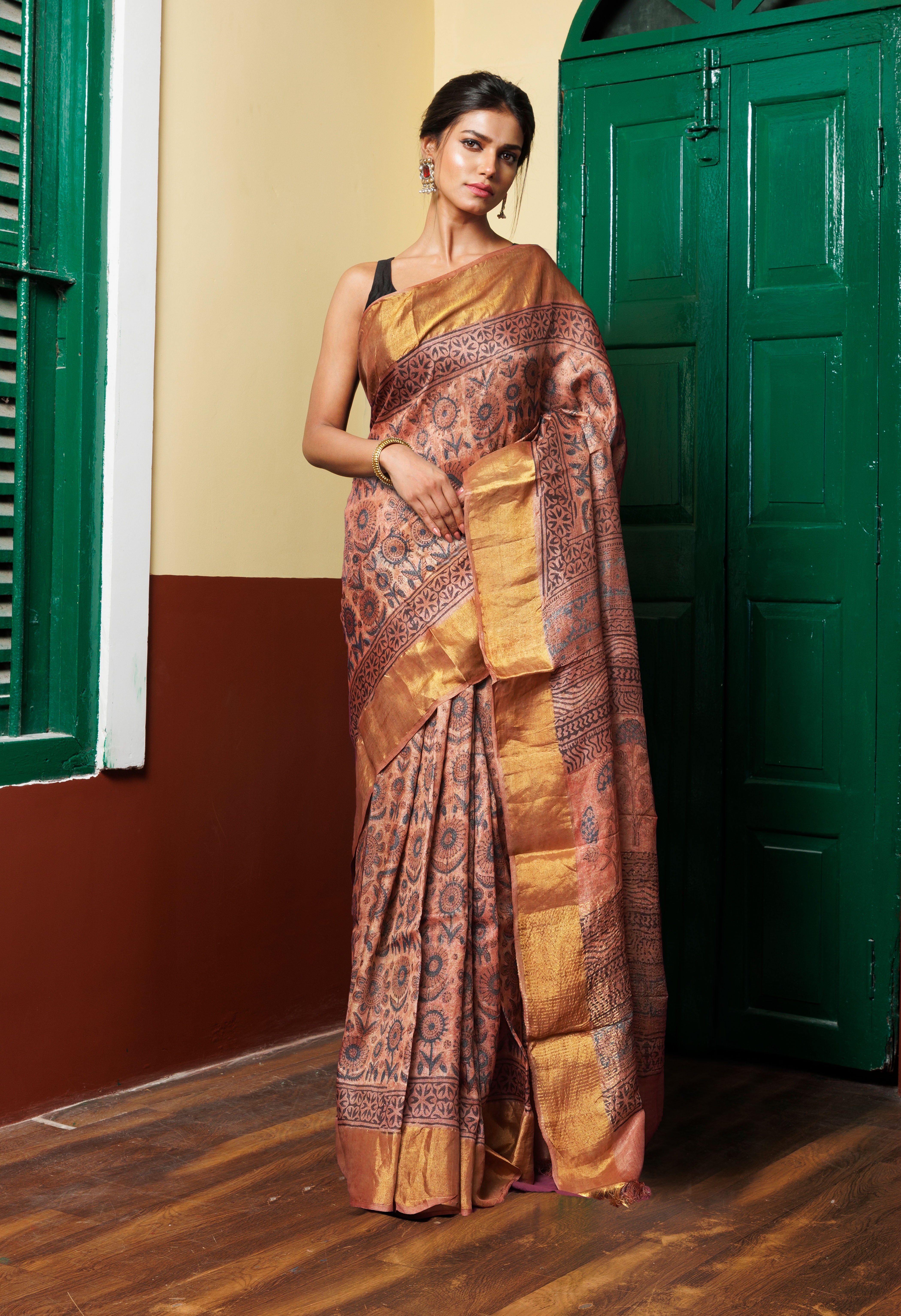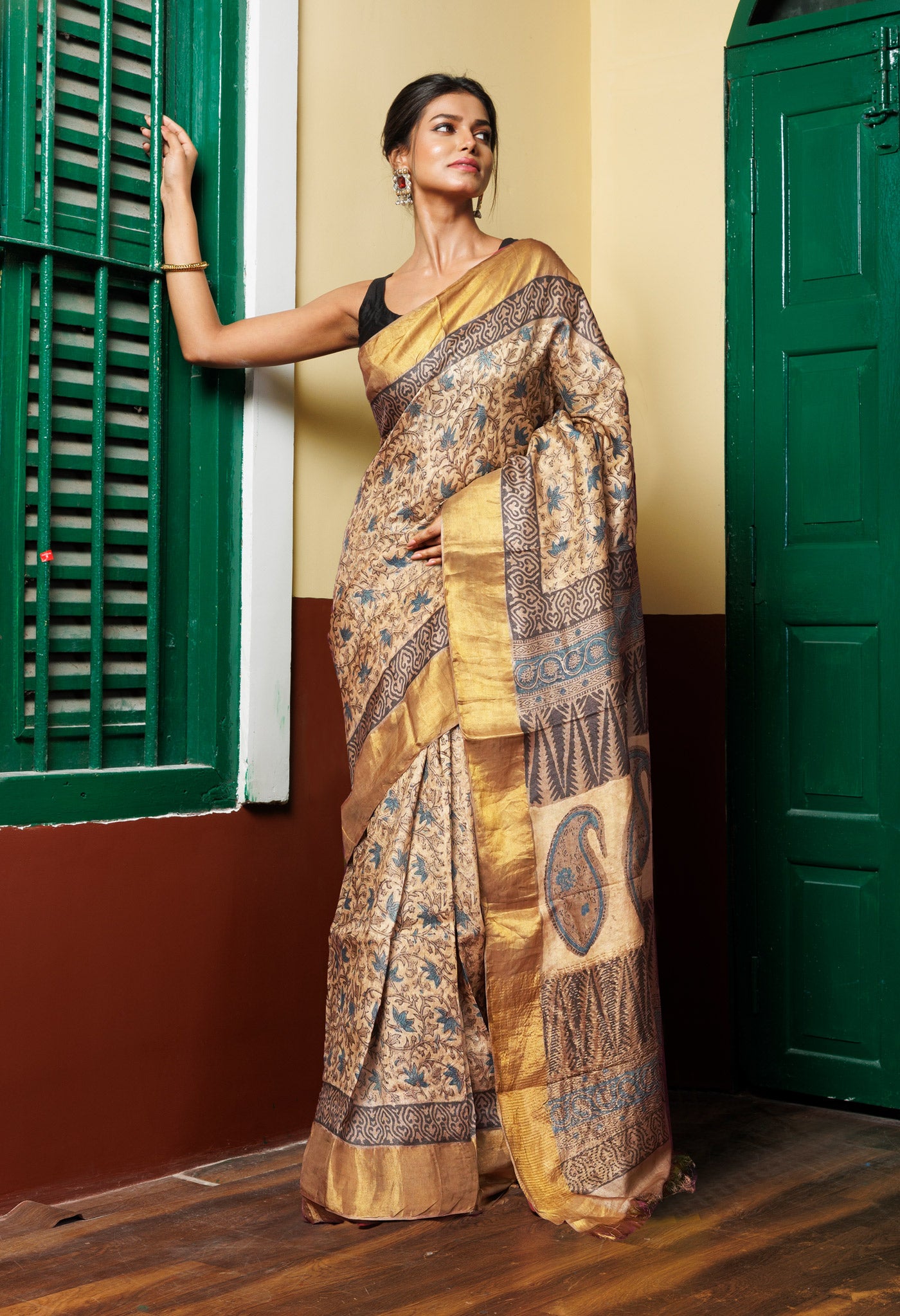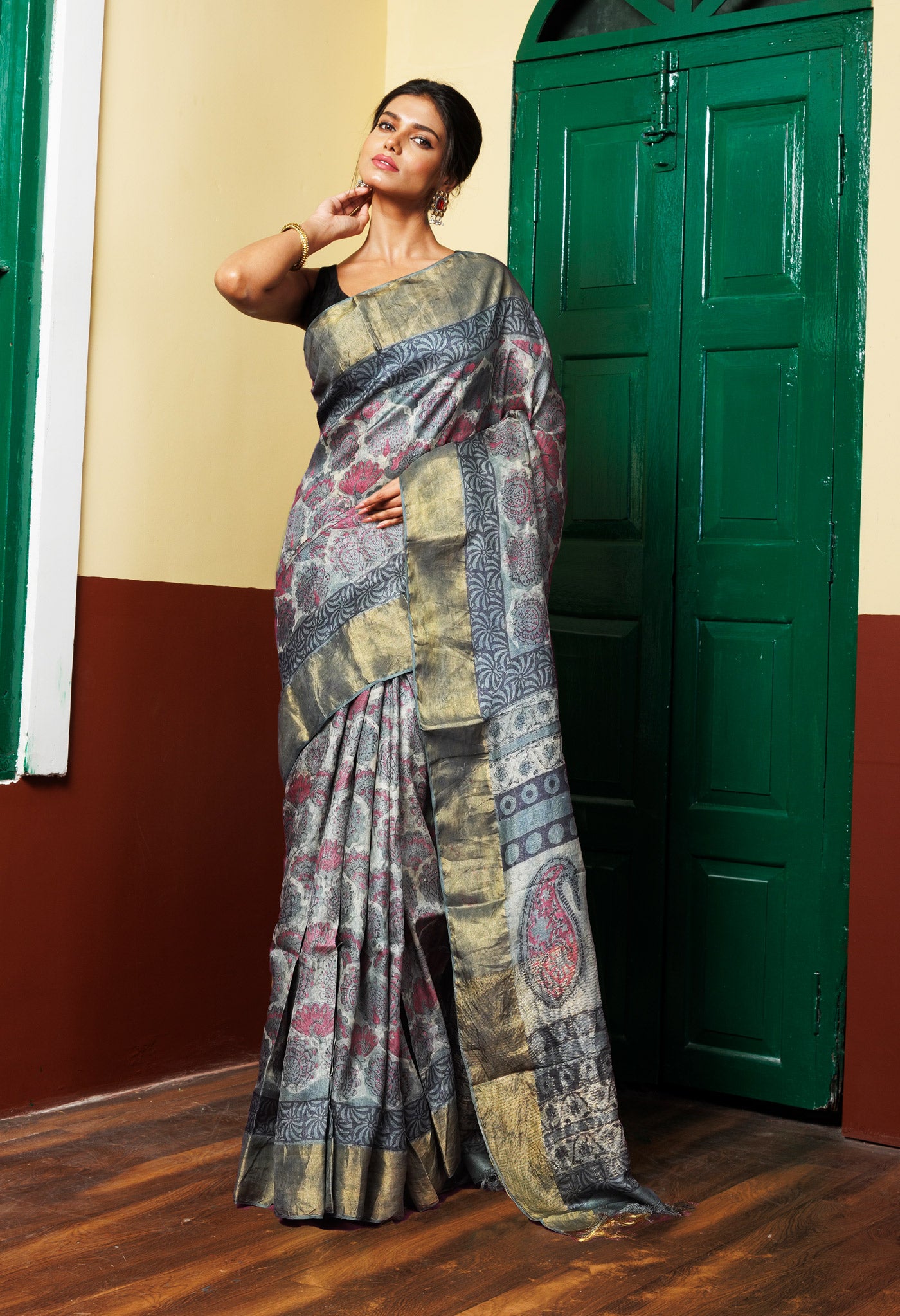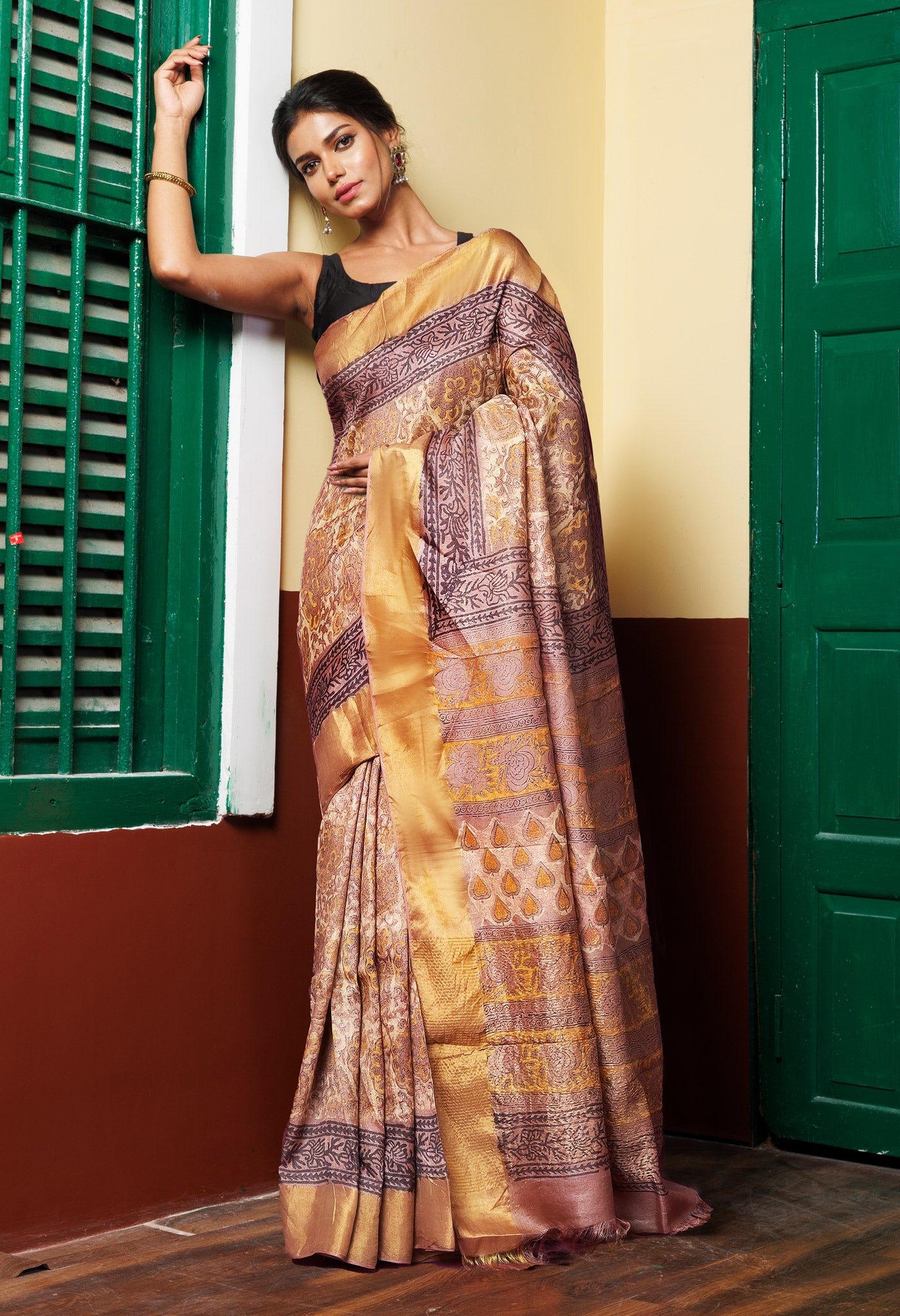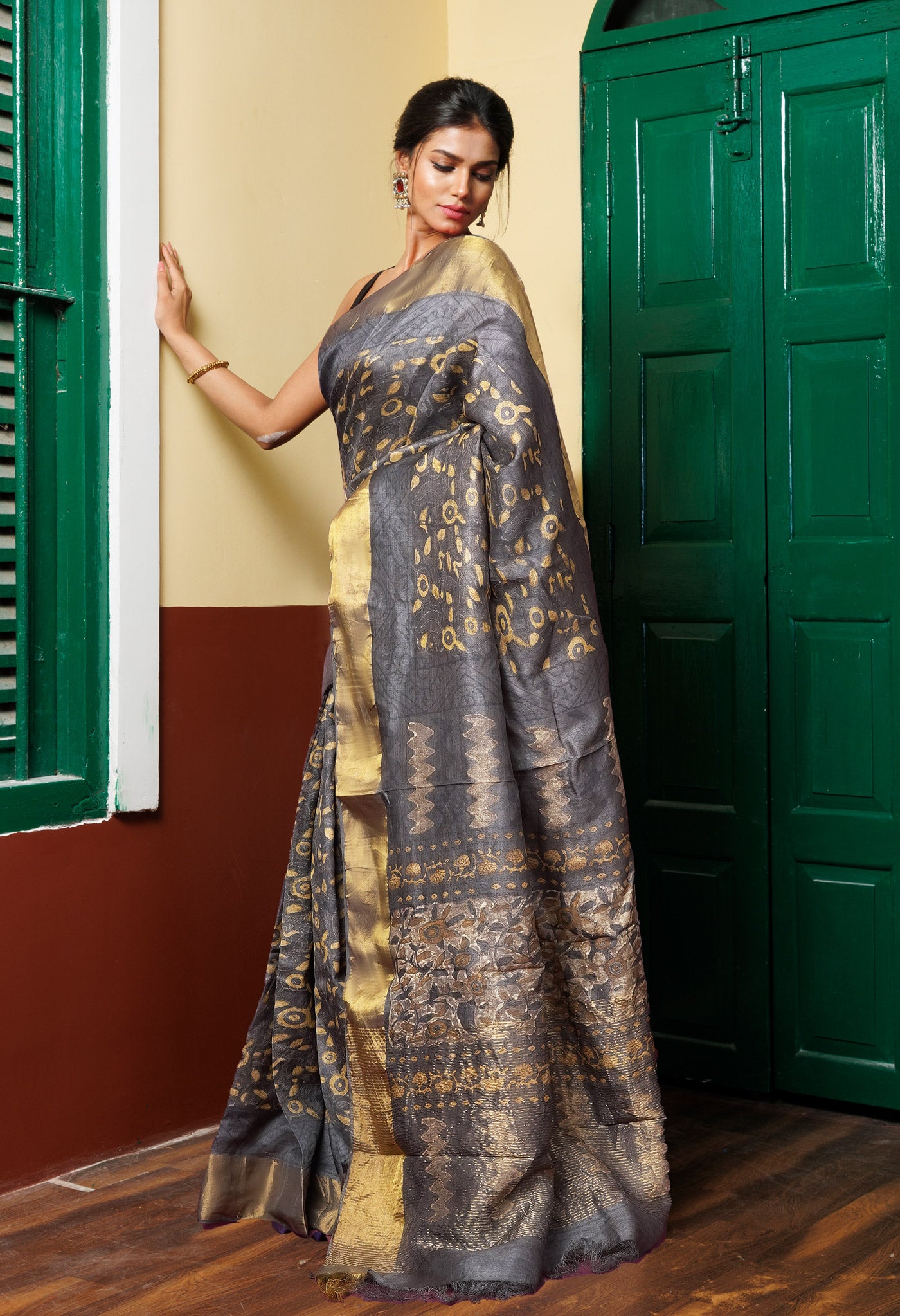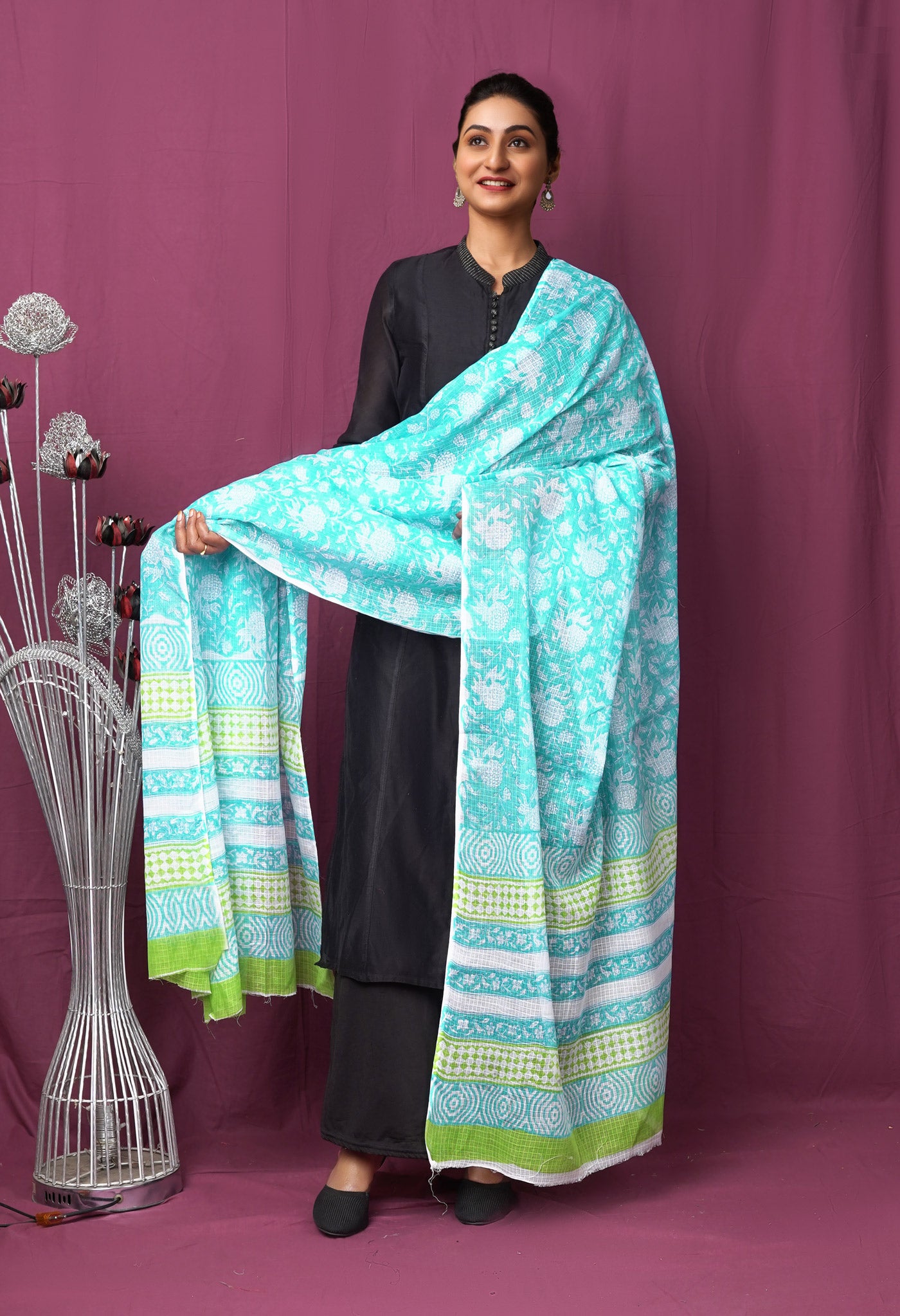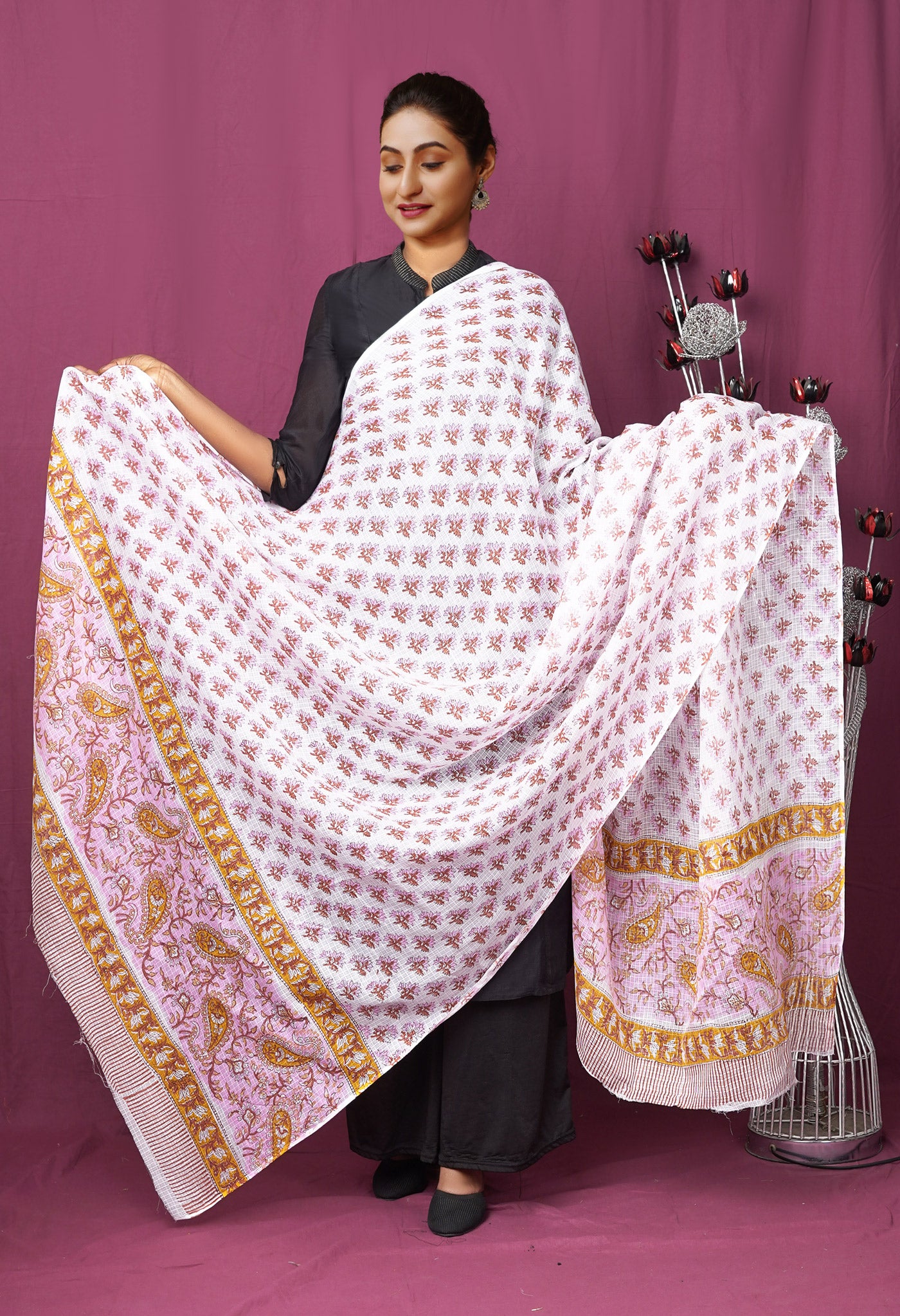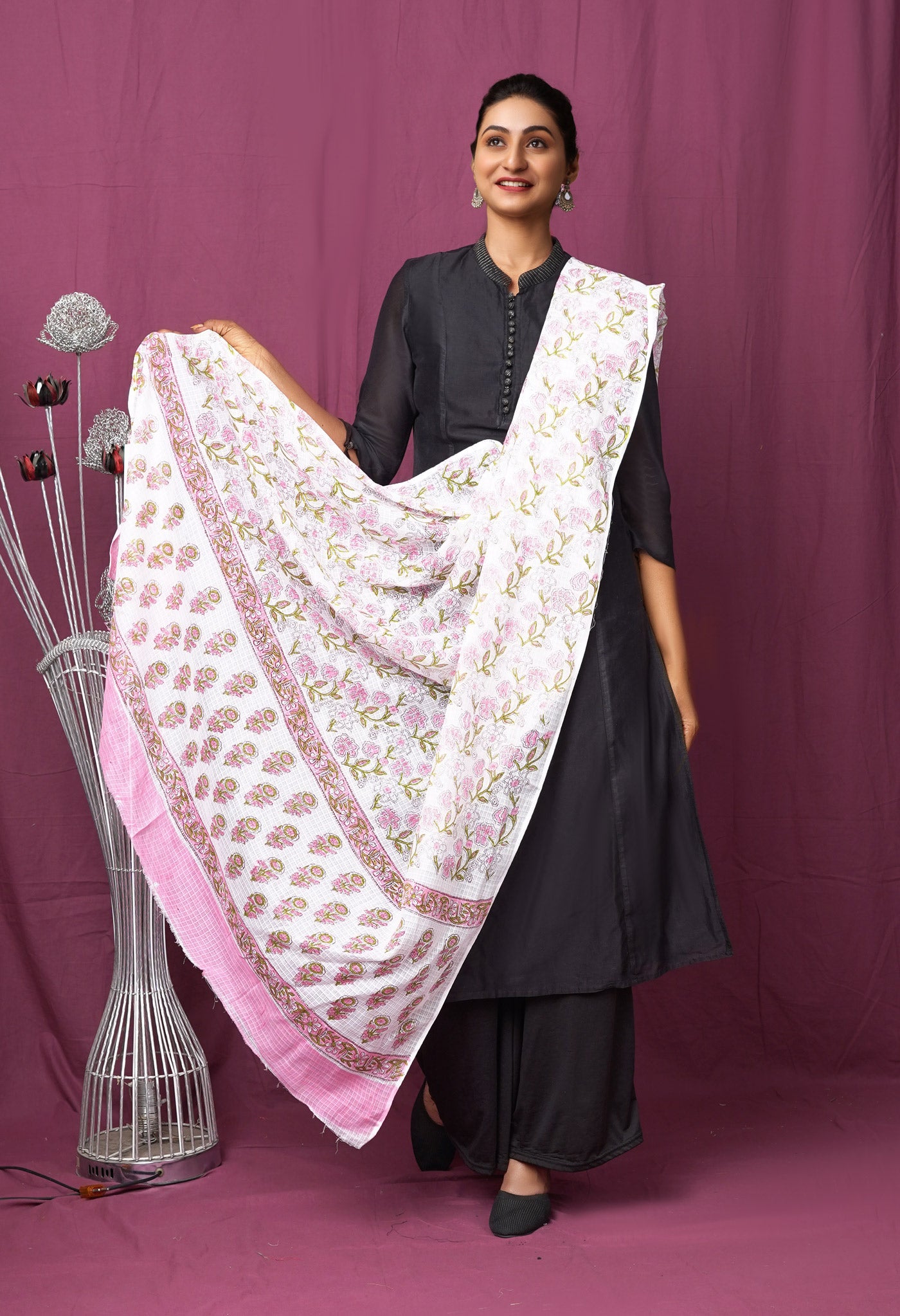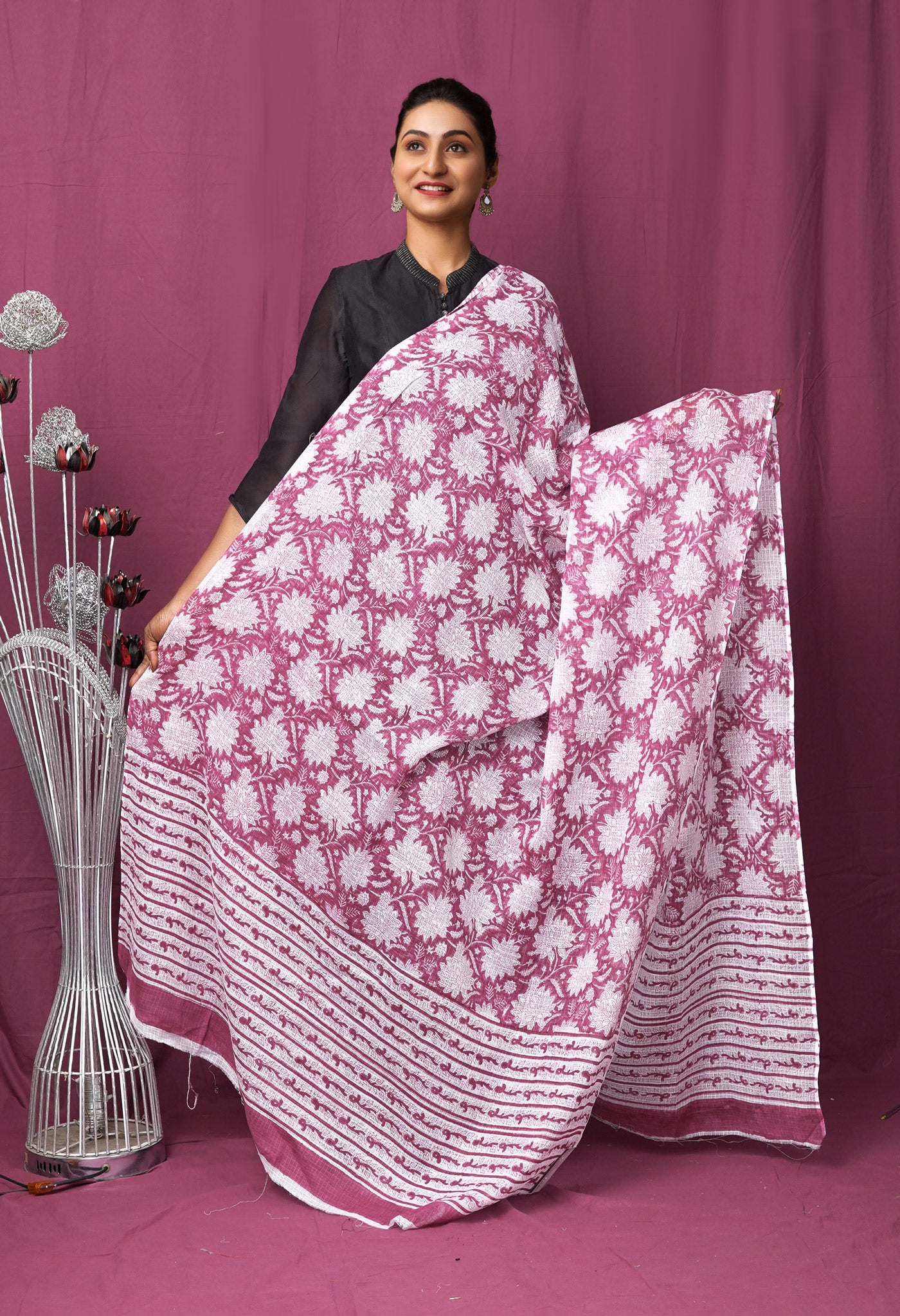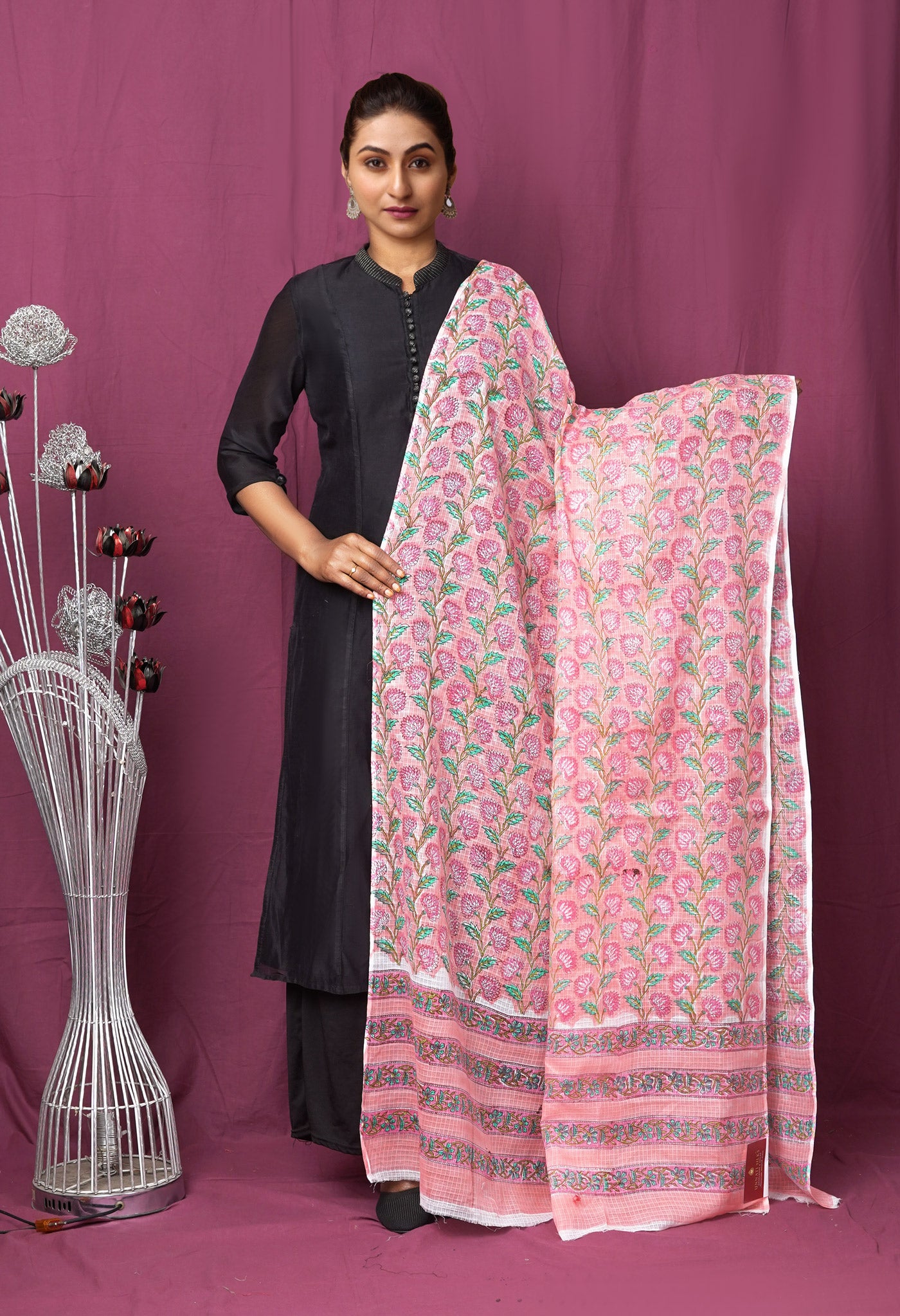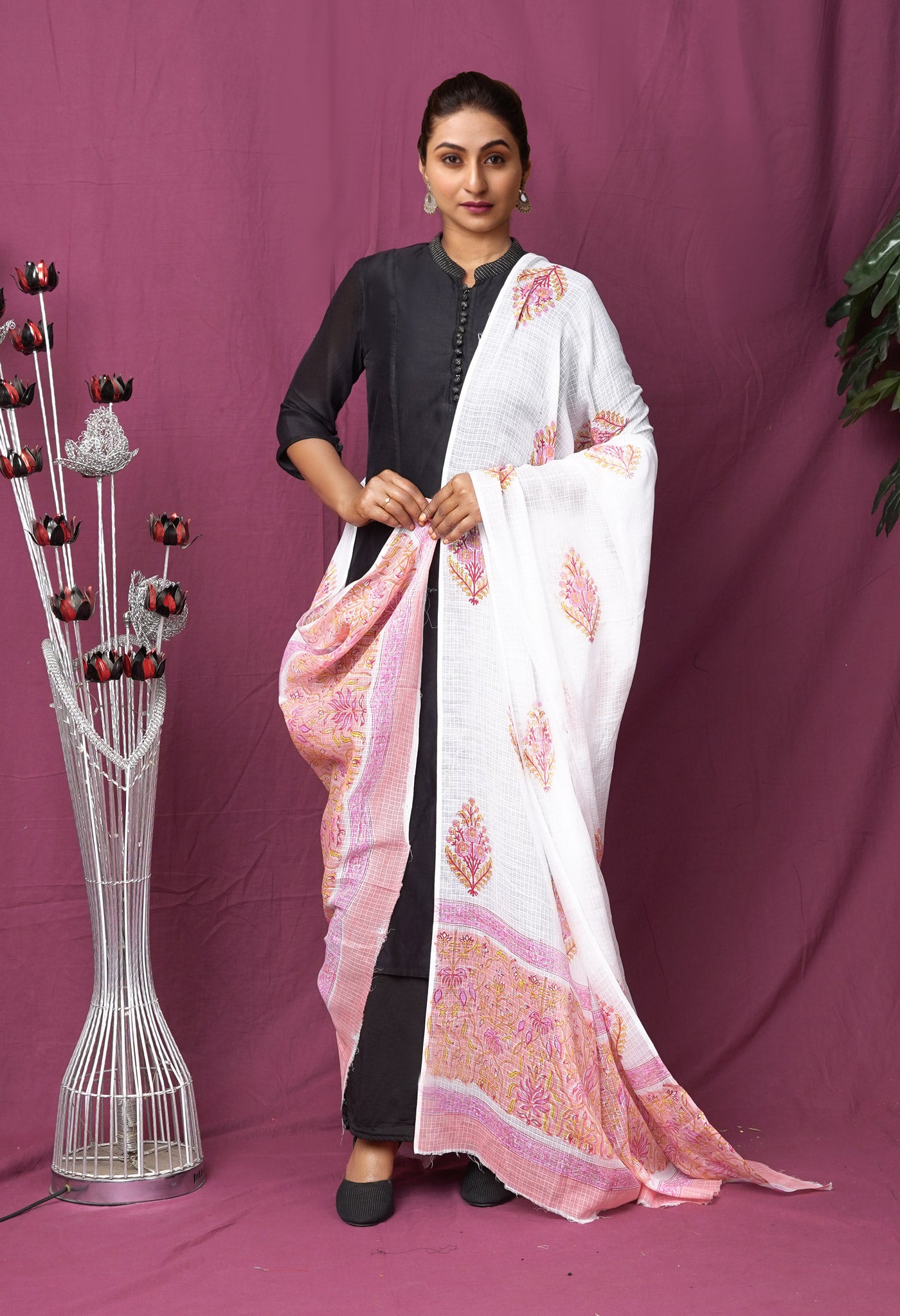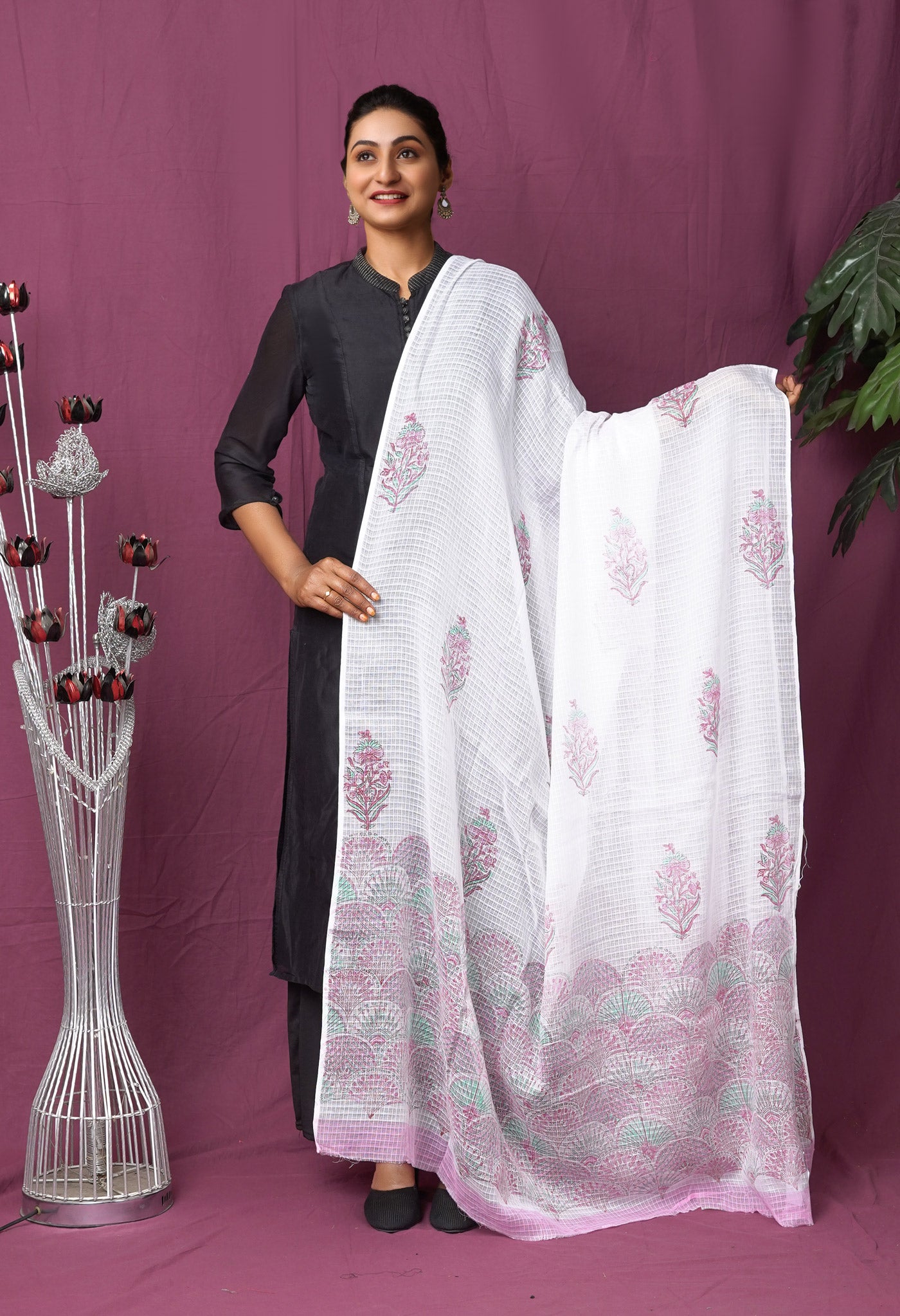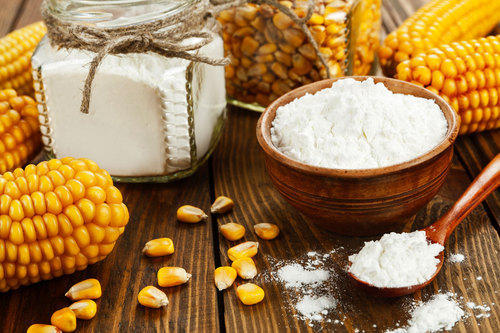
DIY - Laundry Starch & Fabric stiffener recipes for clothes
DIY - Laundry Starch & Fabric stiffener recipes for clothes
Nice-smelling clothes put you in a very good mood. What if you had it neatly ironed and stiff at the edges? Starching makes you feel well-dressed and nice.It has always been thought that starching was a laundry’s cup of tea and not for the average householder. Yet homemade starch and fabric stiffeners are so easy to make, so it is not nice that you are not making it instead of using the unnaturally fragranced starch from the stores or worse still, not starching at all.
So why not always be smelling and feeling good in your very own home-prepared starch-laundered clothes?
What you should starch and what you need not
- Starch is good for your clothes. But the crispiness of a starched dress is something else. Not the stiff petticoats and gowns of yesteryear, which can stand on their own, but the light crispness of a freshly dry white dress shirt or a baby’s dress.
- Cotton sarees looks divine when it is starched. It makes your garments wrinkle-free and even resists stains to a degree. Have you slept on crisp ironed bed sheets? Some even like their jeans starched.
- In sewing, cutting into a prewashed and starched fabric is heaven. Knits are the best candidates for this, because they tend to curl up along the edges when we cut, frustrating many a patient sewing person. Soft, sheer fabric - all benefit from starching before cutting. After the fabric is starched it becomes smooth and easy to manage.
- Make sure that you are starching all the pieces in a pattern (i.e. if you are using two fabrics in one pattern both should be starched. If one is not starched and the other is, the pieces will not lie nicely after it is sewn)
- Do not starch on rainy days. The starched cloth should dry out in the sun for maximum effect
- I would also not starch nylon clothes and such synthetic fabrics as well as very dark fabrics. But then it is your call.
Now that we have got the tips on what is good for starching at home, let us get to know the different ways of preparing the fabric stiffener at home.Homemade Recipes for Laundry starch and Fabric stiffener
1.From Starch powder
Buy starch powder. In a pan put about 1 cup of starch and dissolve it in a
cup of plain tap water. Add one and a half (1 ½) litres of hot water to this solution. Keep this mixture over flame and stir till you get a smooth texture
2.Cooked rice water – Liquid starch

Rice water is a well-known method for starching, especially in India. Water that is left over after the rice is boiled is a good starch solution. Use this method only if white rice is made at home, otherwise it would be wasted food. Drain the water from the boiled rice. The rice water has to be taken out as soon as it is cooked, because if left to cool the water will solidify and it will be useless. Take out and thin to the proper consistency. This thinned starch water can be left to cool. Dip the dress in this solution; wring out the water from it. Hang to dry. Take care that the garment is fully drying in the sun immediately. If left damp the rice water can create a foul smell. But after it is dried the dress will look wonderfully crisp.
3.White glue – Liquid starch

Dilute white glue 1 tbsp in 500 ml water. Mix thoroughly. Use as spray starch or dip and starch as explained below, after diluting it further. For a real stiff finish for your fabric, use equal parts of glue and water.
4.Cornstarch Recipe – Liquid starch
Corn flour is a good solution for getting crisp clothes. The same corn flour that is added to your gravy to thicken it can make your clothes starched. This is as homemade as you can get. How do you make it?
Mix 2 cups of water + 1 tbsp cornstarch. Whisk the mixture together nicely till the powder is blended in. Pour this into a spray bottle. Shake the bottle thoroughly before each use to make sure that the cornstarch which settles down is mixed in.
You have to use it up fully. Cornstarch is after all food. For light colored clothes this is a very quick and effective way of starching. A disadvantage of using cornstarch is that you have to be wary of white spots on dark clothes. You could add a small leaf of basil to the bottle for a nice smell.
5.Potato / tapioca water – Liquid starch
 Take 2 medium potatoes. Skin the potatoes and then grate with a vegetable grater. Pour water over it and let it sit for some 10 minutes. Strain the water. Let the water sit for some time. Take out the clear water on top. Keep this clear water in a stove and boil, stirring all the while. Mix more water if you want.
Take 2 medium potatoes. Skin the potatoes and then grate with a vegetable grater. Pour water over it and let it sit for some 10 minutes. Strain the water. Let the water sit for some time. Take out the clear water on top. Keep this clear water in a stove and boil, stirring all the while. Mix more water if you want.
For the tapioca starch, you can grate the tapioca and strain it to get the starch water. This is supposed to be a very effective starch. But tapioca is difficult to get and I suppose seasonal. You can use tapioca flour for the same purpose. Boil tapioca powder in some water till it turns clear. Use this to starch your clothes.
6 Rice Starch Paste – Fabric stiffener
This is called Nori in Japanese printing. This is basically used as glue, preferred because of the non-destructive quality of this natural glue. A thing which is stiffened with this paste will stay that way without the properties of the glue detroying it after some time. So if you have a period costume which you are not going to wash for a long time, this is the stiffener you should be using.
Rice powder from glutinous rice (fine milled white rice flour- the refined rice, not the rice with fiber) 5 tsp Distilled water
Keep 300 ml of water to boil. First, put 5 teaspoons of rice powder into 100 ml of water in a glass. Whisk with a fork/ spoon. Pour this mixture into the boiling water. Continue whisking to make sure that no lumps are formed at all. Use a wire whisk used to whisk eggs. Do double ensure that these are no lumps. Take off the stove when you see a semi-transparent look to the liquid.
Dilute to use as needed, when hot. Make sure to dilute with more hot water (do not mix in cold water). Cool before use. This can be used as spray starch also if properly diluted and without any lumps. If more rice powder ( like 1 tbsp) is added to this, this can be used to really stiffen the fabric the way you want it, like a board.
Hint: Some add a teaspoon of borax powder to this for more stiffness. The borax is dissolved in hot water.
7. Cooked Cornstarch paste – Fabric stiffener
250 ml water,1 tbsp corn flour,Whisk corn flour with half the quantity of water together nicely till the powder is blended in. Now boil with the rest of the water

8.White flour – starch
Maida or the white flour also has binding properties which makes it great to be used as glue. So you can use it as a fabric stiffener. But remember that this mixture is made of food and needs to be washed after some time. Do not keep in a cupboard and forget about it. The moths and ants will make a meal of it and will leave the rest to you
If you are afraid of these homemade starches going to spoil on your clothes, you can add a little formalin as a preservative. Fine, Forget I said that. Preservatives have no place in homemade goods.
9.White flour – Corn flour - salt
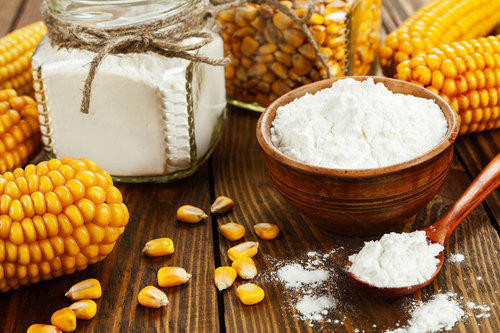
Mix together the following: 1 cup water, 1 tablespoon cornstarch, 1 tablespoon white flour and 10 tablespoons table salt. Put this to boil, stirring constantly. This makes for a nice stiffener for fabric.
How to use the starch you have made
- Sieve the starch solution if you notice any lumps. Wash the garment, then dip the garment in the starch solution you have prepared – completely and thoroughly so that the starch solution gets everywhere.
- Wring excess water. Hang to dry. Make sure that the place where you hang it to dry is ok with some water / starch dripping down
- If you want a heavily starched effect increase the concentration of starch to water (a heavy starch solution) and do not wring the water afterwards. Just hang to dry. Completely dry it in sun. You will get a stiff garment/ fabric like this way
- When you want to stiffen the fabric you have to apply, the fabric must be dry when you apply starch. The starch mixture is absorbed into the mesh of the fabric; squeeze out excess. Rub off the fabric surface of any starch grains remaining with a clean wet fabric
Caution - Over starching frequently can make your garment weak and when force is applied the Fabric may even fray and break in places.
How to iron a starched fabric

- Lightly sprinkle water on the cloth, then roll it up nicely.
- The laundry man at our place stuffs all the water sprinkled cloth into a big bag and keep it aside for some 10-20 minutes, so that the water somehow smoothness the fabric enough to iron out all the wrinkles. I don’t do that but sure do some rolling of the fabric on the ironing surface.
- Use medium heat setting and light steam to nicely iron out all the wrinkles. You may have to use a heavy hand on stiffened fabrics.

